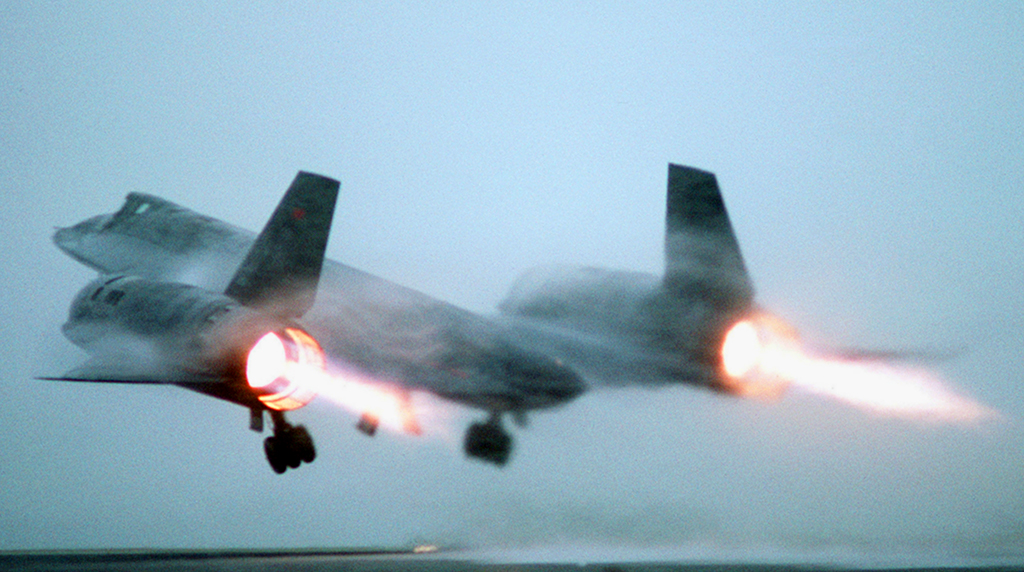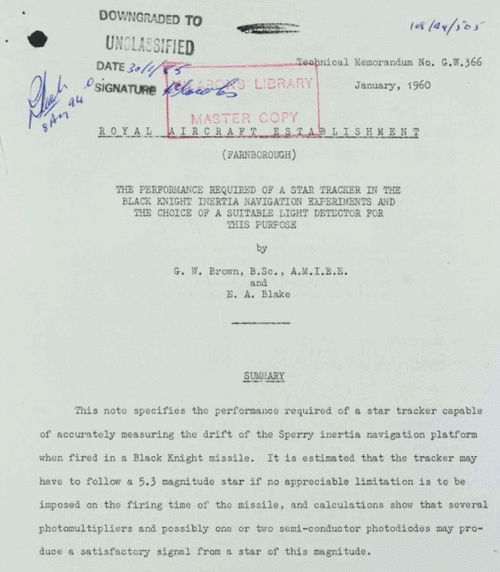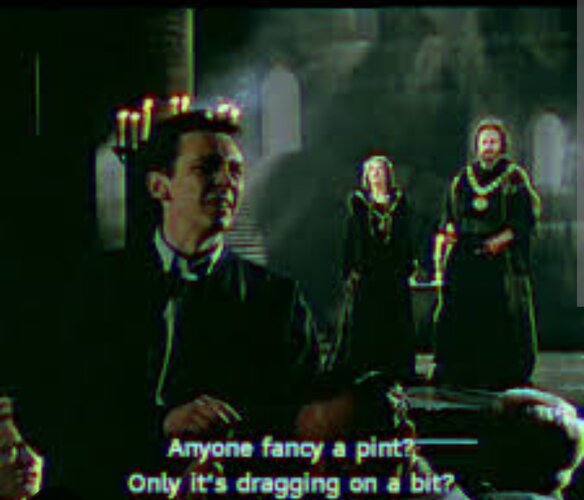The A-12 and the later SR-71 used the NAS-14v2 astro-inertial navigation system (ANS) from the 1960s, which was particularly interesting in the pre-GPS times. The set apparently looked like this:
https://airandspace.si.edu/collecti...rtial-navigation-system-ans/nasm_A20090019000

 theaviationist.com
theaviationist.com
https://theaviationgeekclub.com/the...2-was-crucial-in-blackbird-mission-heres-why/
https://theaviationgeekclub.com/her...n-system-was-essential-for-blackbird-mission/
https://www.thedrive.com/the-war-zo...ning-future-fights-in-gps-denied-environments
I wonder what was the real life accuracy of such a system compared to the regular INS given the very high speeds and on-board vibration of the A-12/SR-71. Did the astro-navigation part simply correct the drift of the INS along with the signals from other platforms like TACAN to improve accuracy?
https://airandspace.si.edu/collecti...rtial-navigation-system-ans/nasm_A20090019000

Up Close And Personal With The Blackbird: An Exclusive Interview with Former Director of Worldwide SR-71 Operations
Former Director of The Fastest, Most Secretive Reconnaissance Program Lt. Col. Szczepanik Talks to The Aviationist. Only 86 pilots and 86 Reconnaissance
https://theaviationgeekclub.com/the...2-was-crucial-in-blackbird-mission-heres-why/
https://theaviationgeekclub.com/her...n-system-was-essential-for-blackbird-mission/
https://www.thedrive.com/the-war-zo...ning-future-fights-in-gps-denied-environments
I wonder what was the real life accuracy of such a system compared to the regular INS given the very high speeds and on-board vibration of the A-12/SR-71. Did the astro-navigation part simply correct the drift of the INS along with the signals from other platforms like TACAN to improve accuracy?



